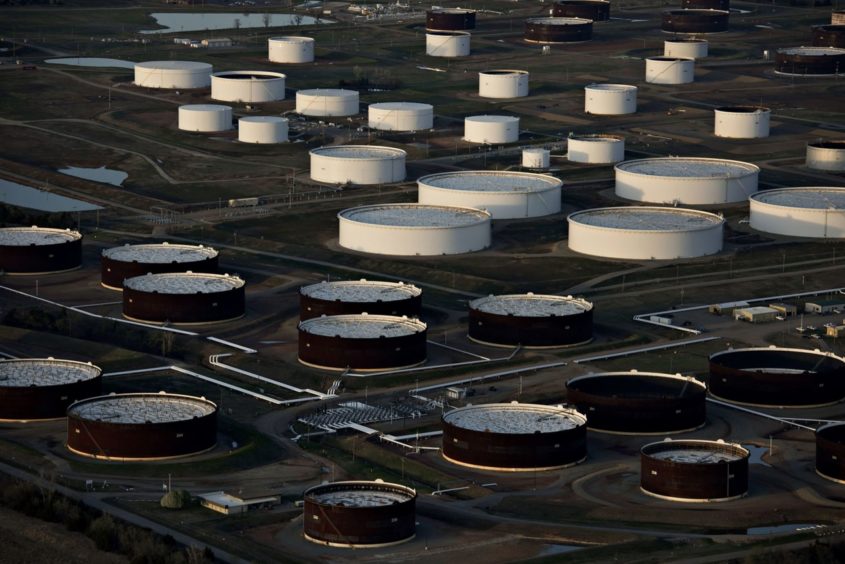
The International Energy Agency (IEA) has called for the OPEC-led group to take more production offline and faster than previously agreed.
Following the carnage of negative WTI prices on April 20, and a growing realisation about pressure on storage, the Paris-based energy watchdog’s head Fatih Birol set out three steps.
The first is for those countries that have opted to cut production to “act as soon as possible and also consider even deeper cuts”. The meeting on April 9 saw commitments to take 9.7 million barrels per day of oil off the market – but only starting on May 1.
Falanx Assynt’s managing director Charles Hollis said it was unlikely Saudi Arabia would take steps on its own to curb production. “They might prefer to ride out very low prices for a few months in the hope that the relaxation of lockdowns will lead to a recovery in demand – but that could be quite a few months,” he said.
The second step from the IEA is for financial authorities to take steps to “discourage disorderly market outcomes”.
An IEA representative said this could involve exchanges telling contract holders “as early as reasonably possible of the imminent maturity of contracts to encourage them to settle-out of their contracts in a timely fashion if they do not intend to take physical delivery, for instance”.
The third step is for those countries with strategic reserves to make capacity available to soak up surplus barrels.
US President Donald Trump has said his country is aiming to fill up its reserves, with the addition of up to 75 million barrels which would “top it out”. There seemed to be some ambiguity in Trump’s remarks about whether the government would buy it or merely store it for companies.
The president also said the US would consider blocking oil imports from Saudi.
According to the IEA’s most recent Oil Market Report, demand in April is expected to be down by 29mn bpd from 2019 volumes. This would imply a stock build this month of around 870mn barrels.
The IEA welcomed the OPEC+ agreement but has not called on non-aligned states to consider cutting production. Before the April 9 meeting, at which Saudi and Russia agreed to reduce output, there had been discussion that other producers may participate in curbs, including Texas.
Updated at 6:02 pm with comment from Falanx’s Charles Hollis.
Update 2 on April 22 at 3:41 pm with comment from IEA on market outcomes.
